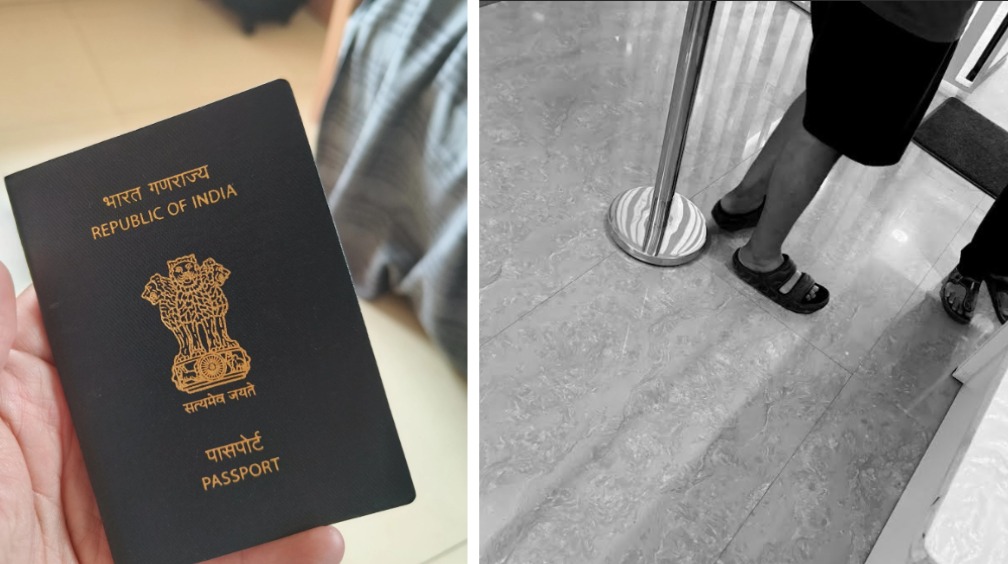
Young Man Barred from Passport Office for Wearing Shorts Sparks Online Debate
A recent incident at an Indian passport office has ignited a lively discussion online after a startup founder shared it on social media. Vineeth K, founder of Deals Dhamaka, posted on X (formerly Twitter) about witnessing a young man being denied entry because of his attire—shorts and slippers.
According to Vineeth’s account, a security guard at the passport office stopped the young man at the entrance, citing a rule that prohibited entry in such casual clothing. Puzzled, the man questioned the logic, saying, “We dress like this at corporate offices—why is it not acceptable here?”
The situation was resolved when the man’s father intervened, explaining to the passport officer that they had traveled from afar. After a brief discussion, the officer agreed to make an exception, and the young man was allowed inside. Vineeth noted that after the incident, the security guard discussed the matter with him, defending the dress code by saying, “Some people don’t respect our work and offices. Who comes to an office in nightwear? There are women and elders inside—what if they feel uncomfortable? The entire generation is getting spoiled, and their parents say nothing.”
Vineeth’s post, which invited his followers to share their views, quickly went viral and sparked a divided response. Some argued that government offices need to evolve with the times and relax outdated dress norms, while others supported the guard’s insistence on maintaining decorum.
One commenter wrote, “It’s their office, not ours. We’re paying for their services. If they want a dress code, they should clearly mention it on their website!” Another questioned, “If that guy were visiting a municipal office to meet a commissioner about an important property issue, would he wear the same thing?”
The incident has rekindled the debate about whether dress codes in public offices reflect today’s changing cultural standards—or whether they still serve an important purpose.







